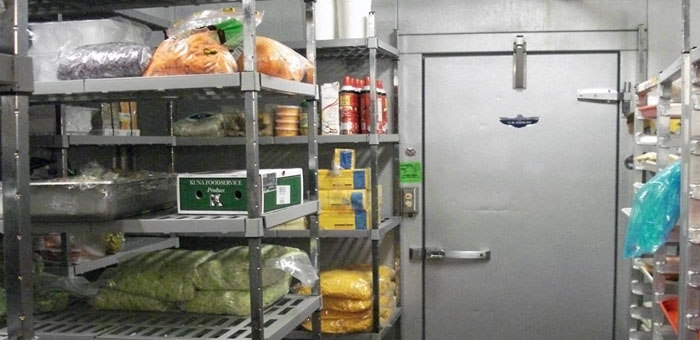Today we provide the very basics of food truck accounting. This will give you the ability to use those figures to understand how your mobile food business is operating.
Operating a food truck is challenging in the best of times and success depends on keeping your eye on your mobile food business’s profitability. As a food truck vendor, it is important that you understand the basics of accounting. Especially key performance indicators (KPIs) that provides you with a snapshot on how your mobile business is doing at any given moment.
This knowledge will not only prepare you for managing your business. It will also give you the ability to forecast any potential problems before it happens. You don’t have to become an expert on accounting, but you should be aware of these three important financial statements.
3 Important Food Truck Accounting Financial Statements
The Balance Sheet
The first food truck accounting statement you need to become familiar with is the balance sheet. A balance sheet allows you to see your food truck’s daily financial health. Analyze each of your main business categories such as cash, inventory (if you keep one), loans and other expenses. This will provide you with a snapshot on how your business did within a certain period of time.
The balance sheet will help you keep a close eye on your inventory. Especially supplies such as food ingredients, products, and any other items that help your truck run properly. Create accurate forecasts to help see any trends appearing during the week. You will be able to make informed decisions on when to order certain supplies, or if your service window staff isn’t pushing your high value meals enough.
RELATED: Understanding Food Truck Balance Sheet Basics
Income Statement
Your income statement (or in other words the Profit and Loss statement (P&L)) is another food truck accounting report that you need to understand. Create this report on a monthly basis. It’s a summary of your income, inventory and other expenses. With the average profit margin for a food trucks at 10-15%, it is important that you check your P&L statement on a regular basis. This will assure that it will help you know if your food truck is profitable or is running at a loss.
RELATED: 6 Accounting Equations To Know For Your Food Truck Business
Cash Flow Statement
The final food truck accounting report you will need to understand is the cash flow statement. The cash flow statement is different from your P&L report. It allows you track where your actual cash is at this moment. By managing your cash flow, you will be able to verify that you have actual cash on hand to pay employees and suppliers. You will be tracking cash flow on a daily basis. Verifying cash in coming from sales against the amount of cash going out through your accounts payables, monthly expenses, food inventory, and labor costs.
The main difference between an income statement and cash flow is that the cash flow report tracks the flow of cash you have on hand (or in your bank) or your solvency.
RELATED: Calculating Cash Flow For Your Food Truck
The Bottom Line
Running a food truck can be challenging, however, pitfalls can be avoided if you keep a strict eye on your bottom line. Keeping track of these food truck accounting reports will provide you with the guidance you need to be on top of your mobile food business.
Share any food truck accounting tips with our readers in the comment section, our food truck forum or social media. Facebook | Twitter
DISCLAIMER: Mobile Cuisine and its affiliates do not provide tax, legal or accounting advice. This material has been prepared for informational purposes only. It is not intended to provide, and should not be relied on for, tax, legal or accounting advice. You should consult your own tax, legal and accounting advisers before engaging in any transaction.




